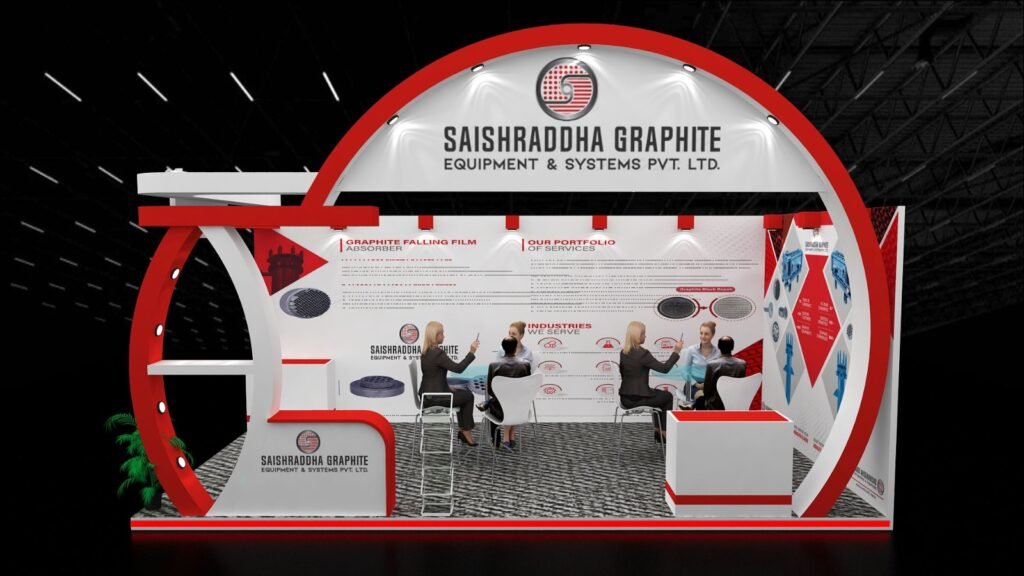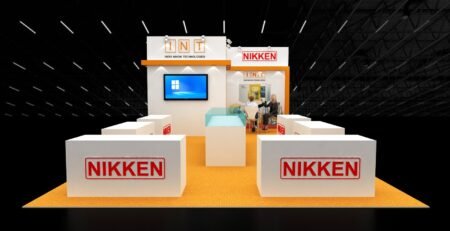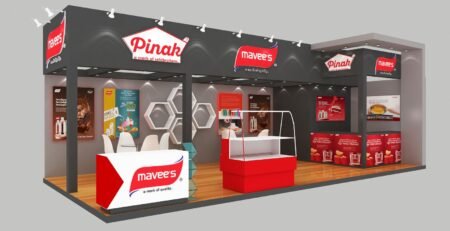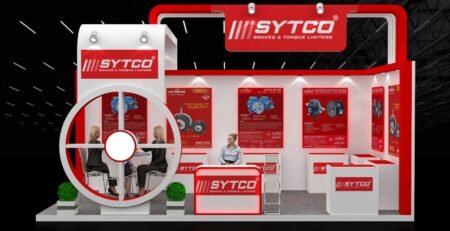A Guide for Planning a Successful Exhibition

This is a step-by-step guide to help you map a unbeaten exhibition: Clearly defined objectives will guide your planning process.
Set a Budget: Set up a budget for your exhibition, including expenses such as venue rental, marketing materials, staff, logistics, and any additional costs. Think about both fixed and variable expenses to shun surprises. Whether it’s a business expo, an art exhibition, or a trade show, following a well-structured plan can help make sure that your event runs easily and achieves its goals.
Establish Your Goals: To begin, make sure you recognize why you are holding the show. Make a decision what you want to achieve, be it exhibiting art, creating awareness, marketing a product, or producing leads. Your planning process will be guided by well-defined purposes.
Establish a Budget: Create a financial plan for your exhibition that accounts for costs like staff, marketing materials, venue leasing, logistics, and any other unforeseen fees. In order to avert any surprises during the planning stage, take into account both fixed and variable expenses.
Select a Venue and Theme: Choose a theme that appeals to your mark audience and fits with your goals. Once you’ve decided on a theme, choose a place that will work for your expected guest count, your budget, and the obtainable amenities.
Make a Timeline: Put together a thorough agenda that outlines all the important anniversaries and assignments that need to be completed before the show. Set timeframes for obtaining the location, creating promotional materials, advertising the event, and preparing the display area. You can stay organized and make sure that activities are finished on time by creating a timeline.
Arrange the Design and Layout: When designing the layout of your exhibition space, take accessibility, flow, and exhibitor volume into account. Collaborate with a designer to expand a visually captivating concept that embodies your topic and dexterously presents the exhibits. Be watchful of the overall aesthetics, signs, and lighting.
Call for Exhibitors: Make contact with potential exhibitors who fit your theme and goals. Give them concise details about the event.
Invite Exhibitors: Make contact with possible exhibitors who fit your theme and goals. Give them detailed information about the event, such as the dates, prices, sizes of the booths, and any extra advantages they might get. In order to set aside exhibitors well in advance, encourage early registration.
Formulate a Marketing Plan: Make a thorough marketing strategy to advertise your display. Make use of a variety of platforms, including social media, email marketing, news releases, and collaborations with influential people or pertinent organizations. Emphasize the relevant characteristics, advantages, and unique attributes of your display to draw in visitors.
Organize Your Logistics: Plan out all the logistics, such as shipping, storing, and assembling the display elements. Make sure you have all the tools and services you need, including internet connectivity, security, and audiovisual equipment. Make advance arrangements with suppliers and service providers.
Arrange Interesting Activities: Incorporating interactive events, workshops, demos, or guest speakers can improve the exhibition experience. Inspiring activities make attendees more engaged and help them form lasting memories that prop up your goals.
Educate Volunteers and Staff: Give volunteers and employees who will be working at the expo widespread training. Verify that they are aware of their roles, duties, and the event’s goals. Customer service, problem-solving, and exhibitor and display knowledge should all be covered in training.
Track Development and Make Modifications: Keep an eye on your growth in relation to the budget and schedule at all times. Remain malleable and ready to make changes as needed. Communicate with team members, exhibitors, and guests on a regular basis to resolve any issues or modifications.
Assess the Exhibition’s Success: Following the event, assess the exhibition’s success in relation to the initial goals you set out. Examine feedback from attendees, sales information, leads produced, press attention, and other pertinent indicators. Determine what needs to be improved, and then take these observations into account for upcoming shows.
You may resourcefully design and carry out a thriving show by adhering to these guidelines. Recall maintaining organization, communicating clearly, and making sure that both exhibitors and attendees have an extraordinary experience.







Leave a Reply